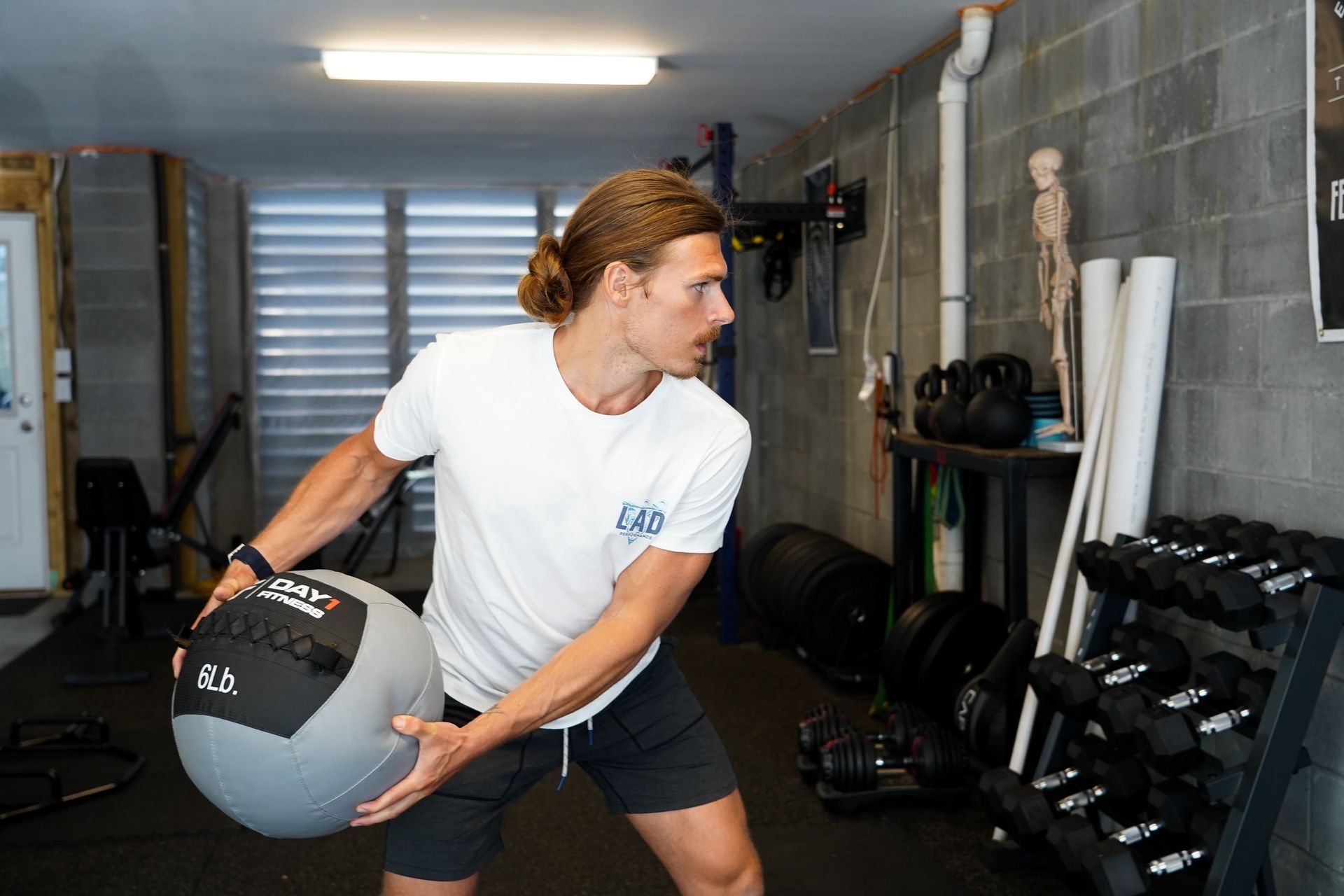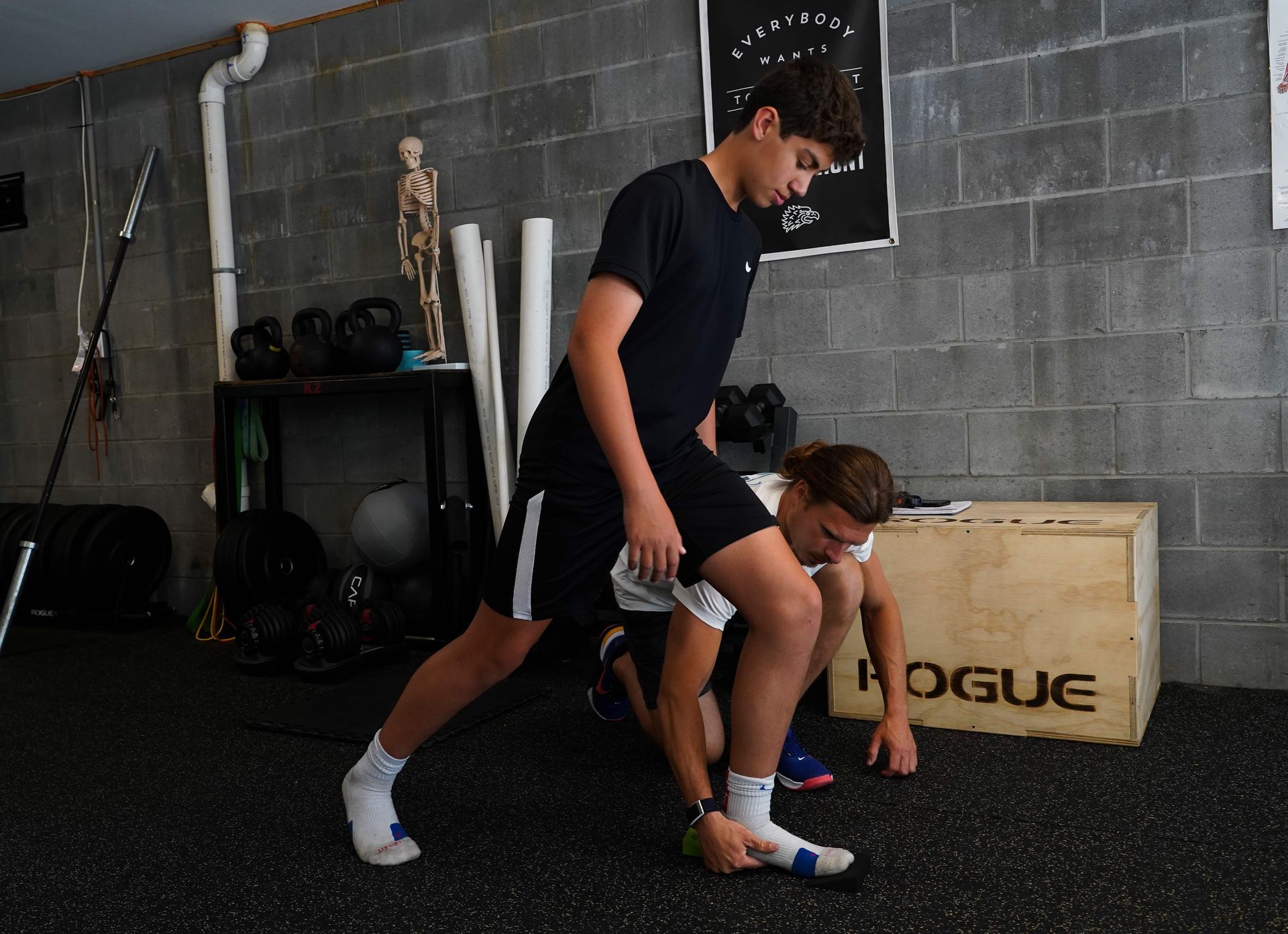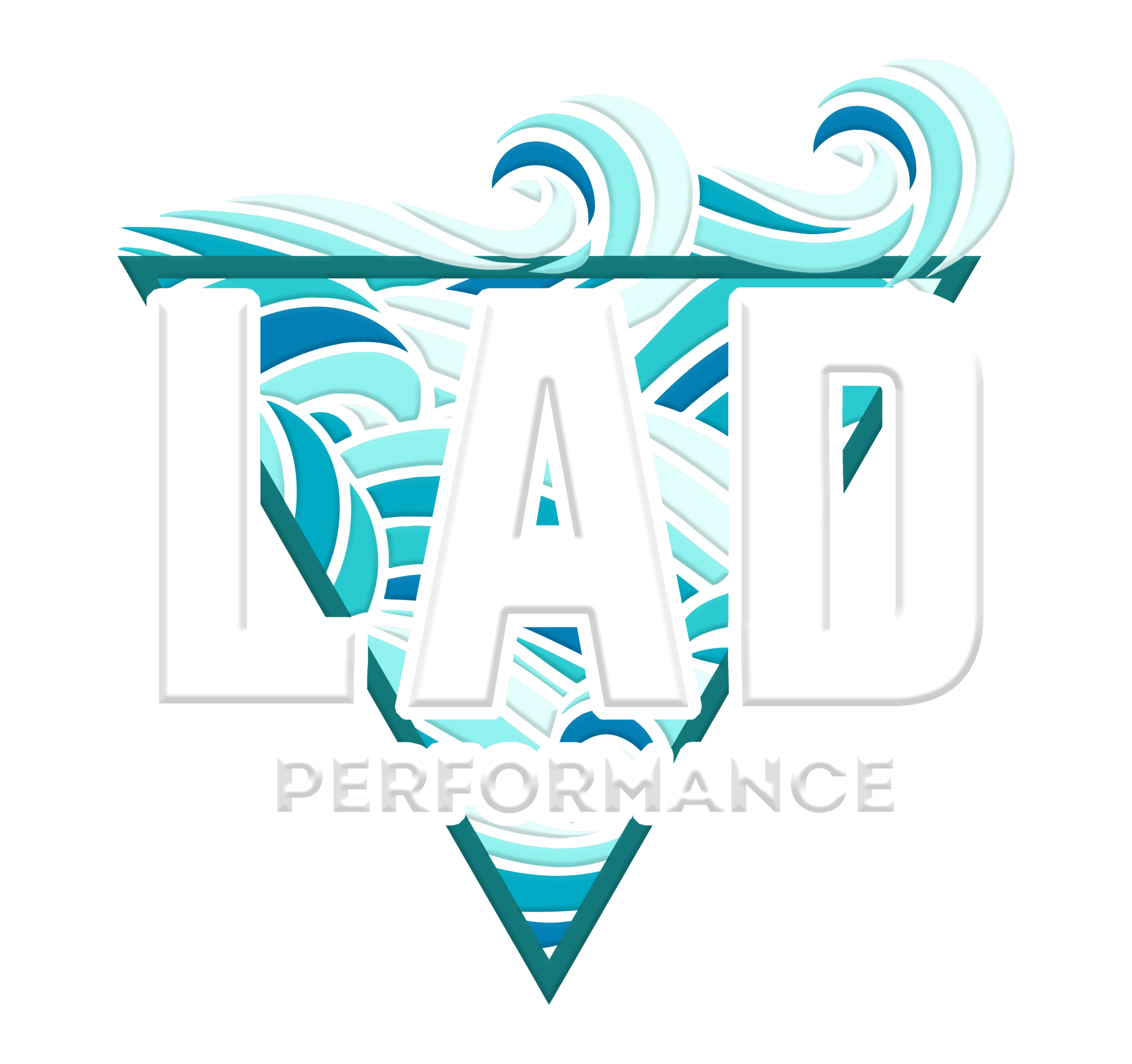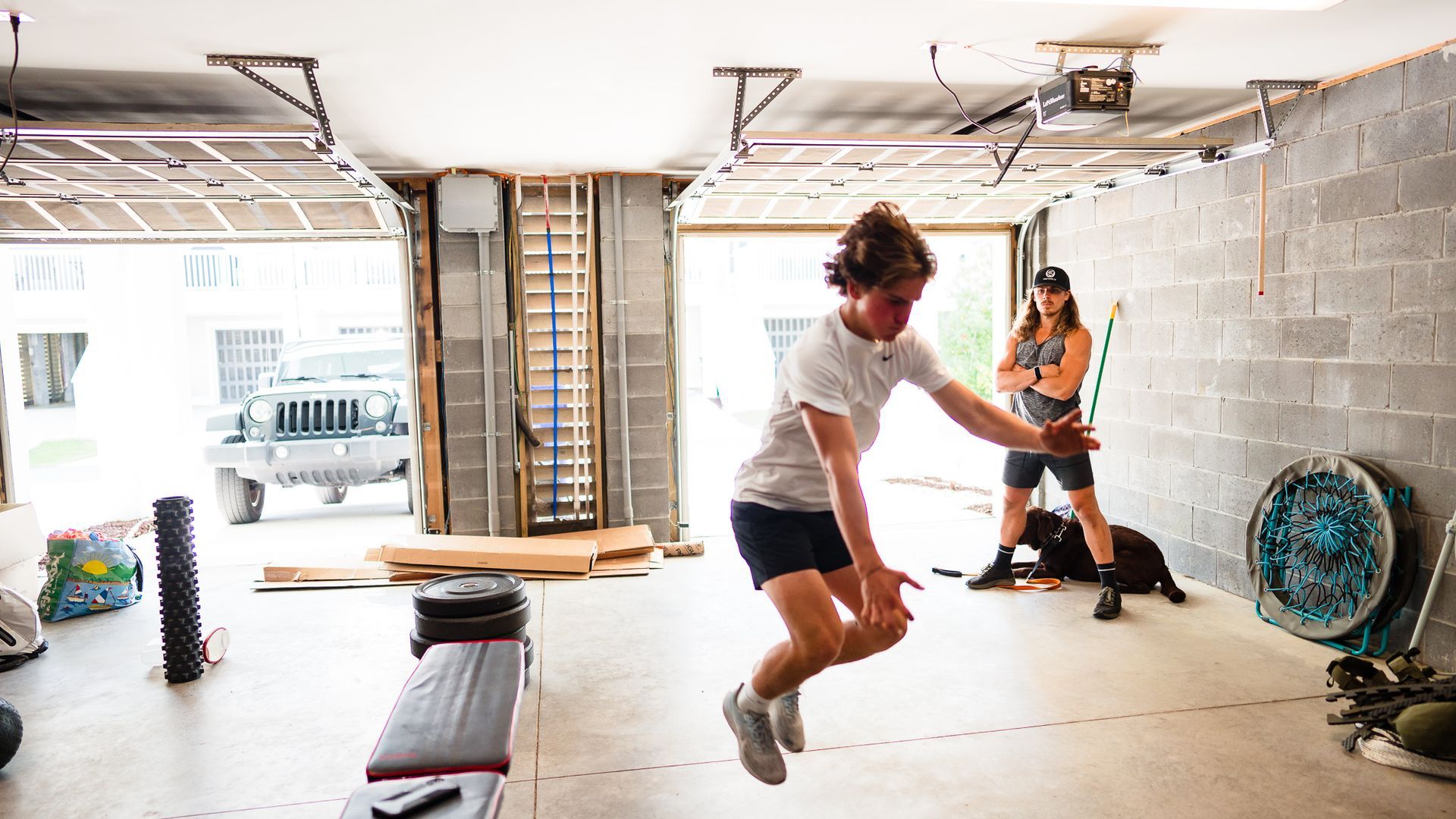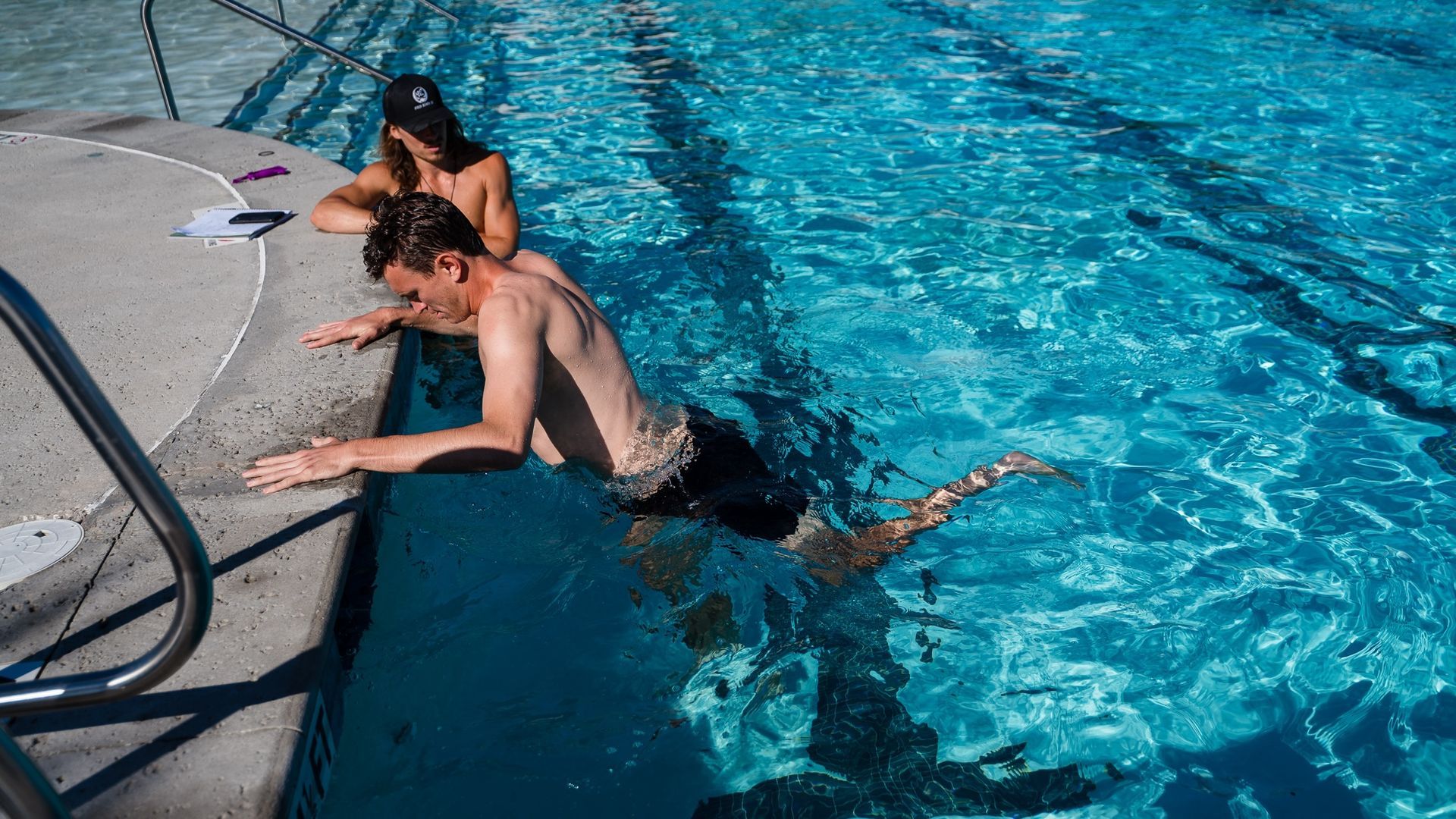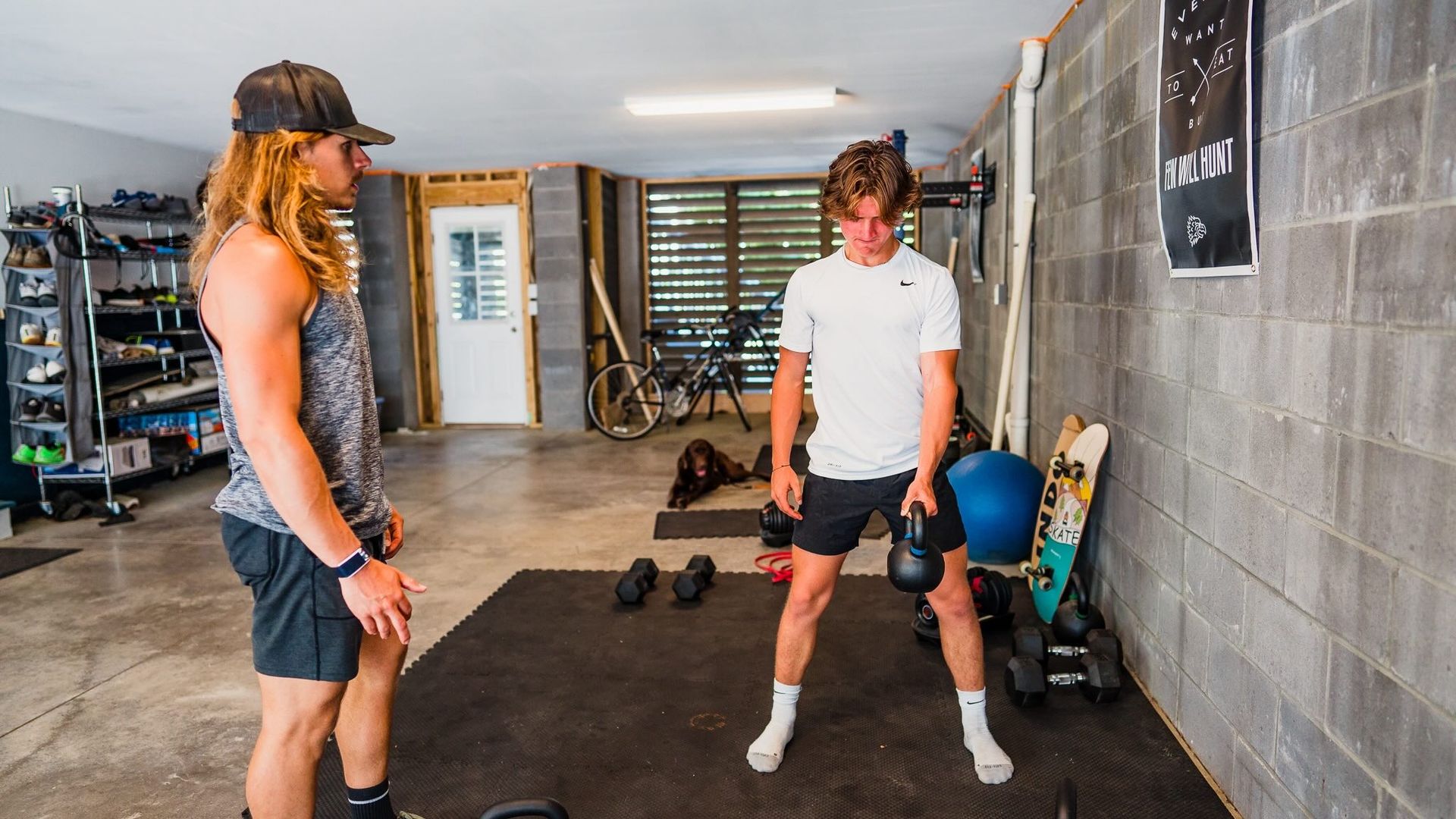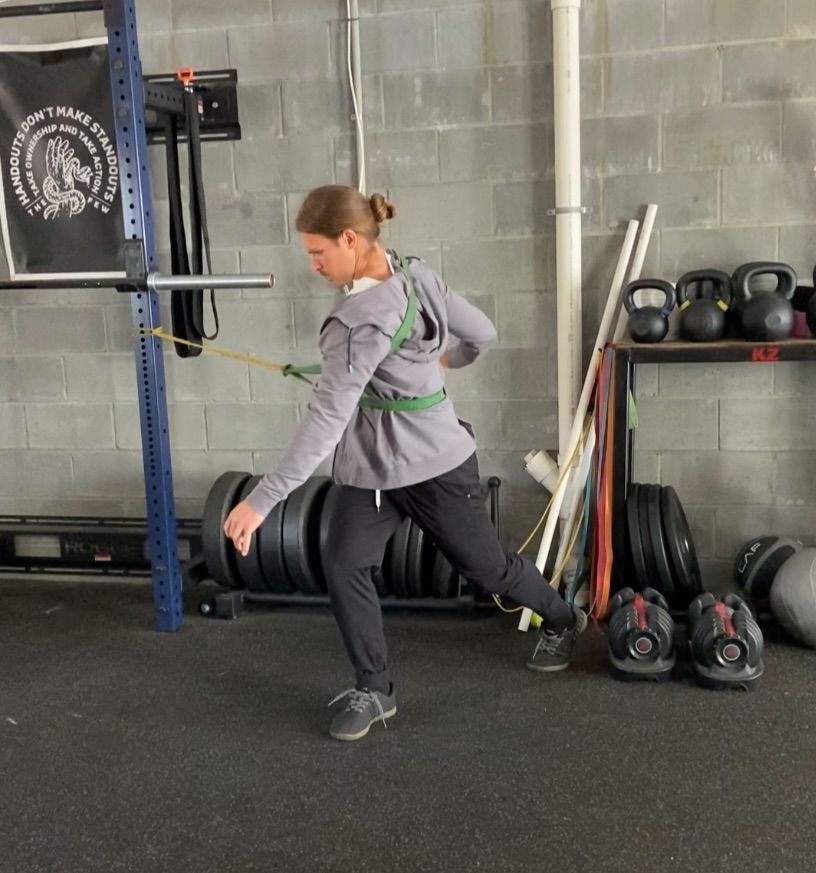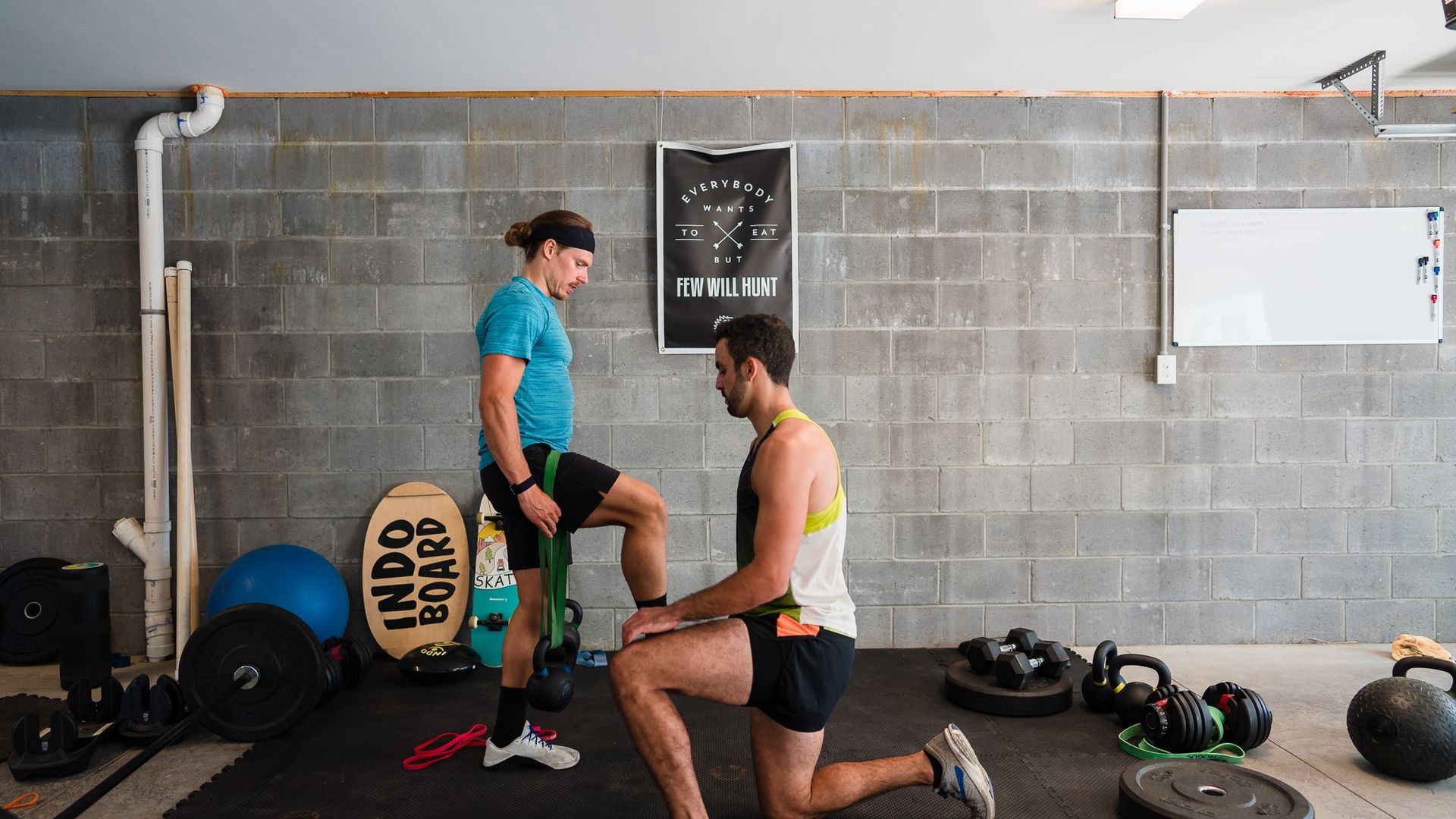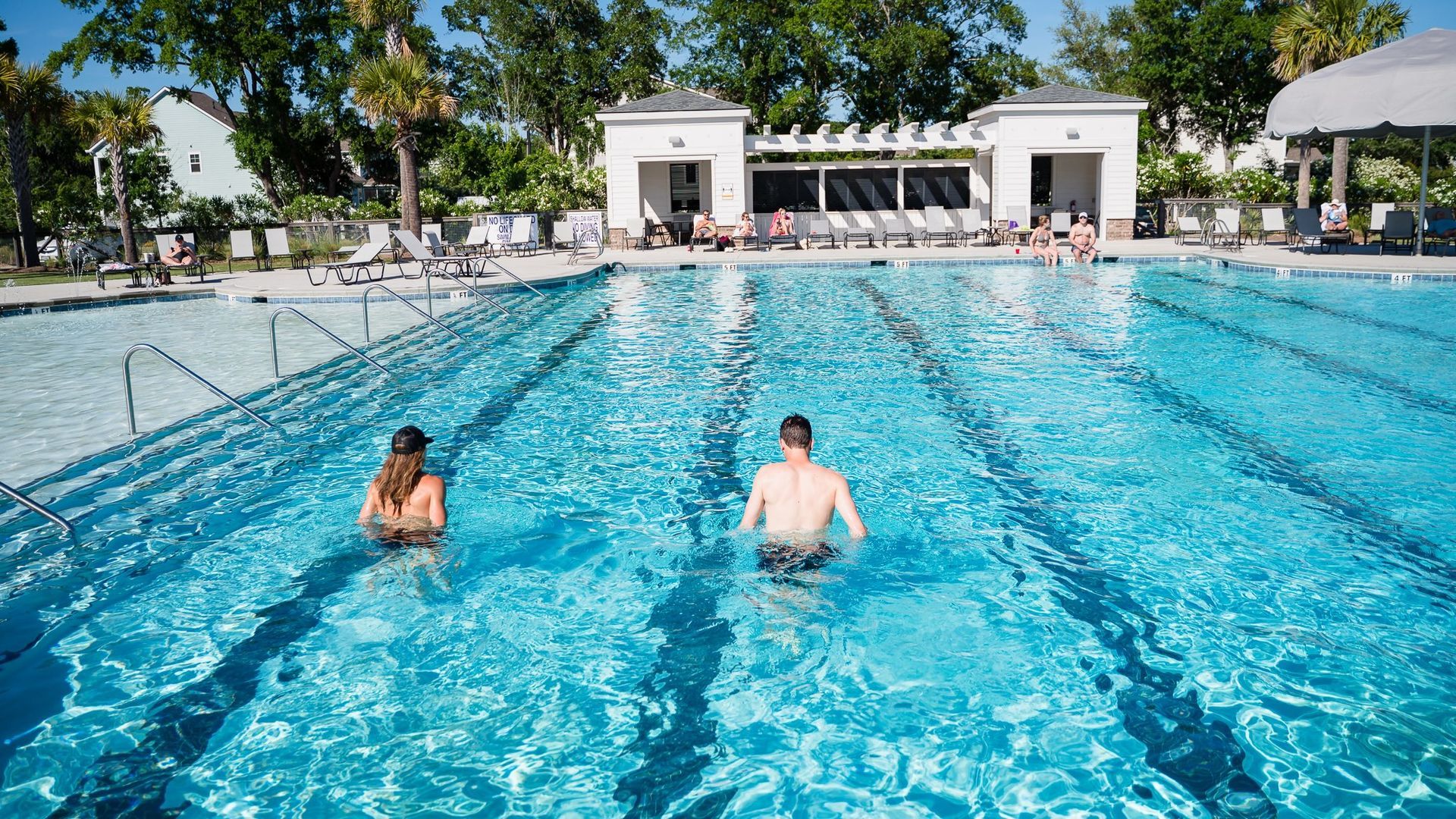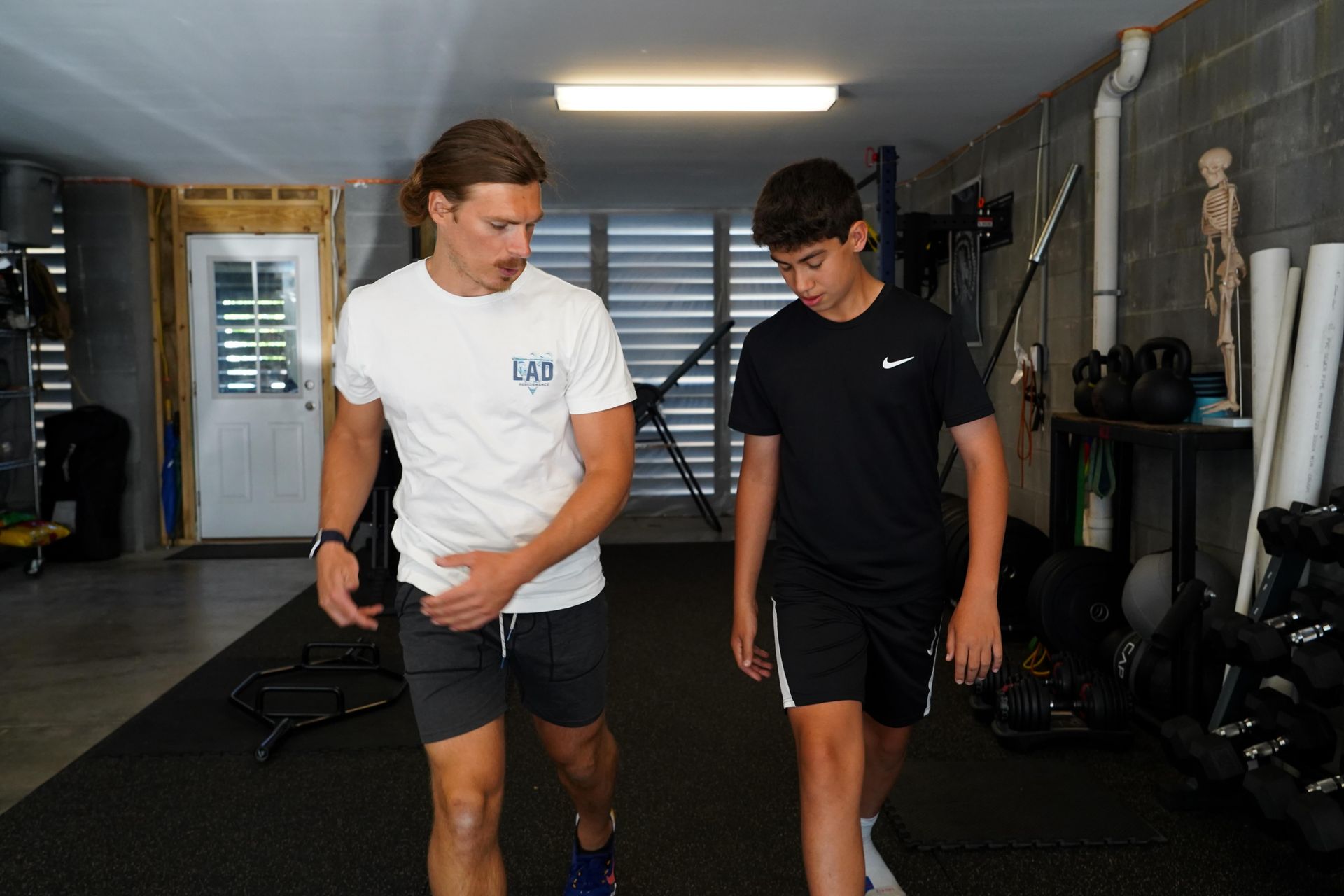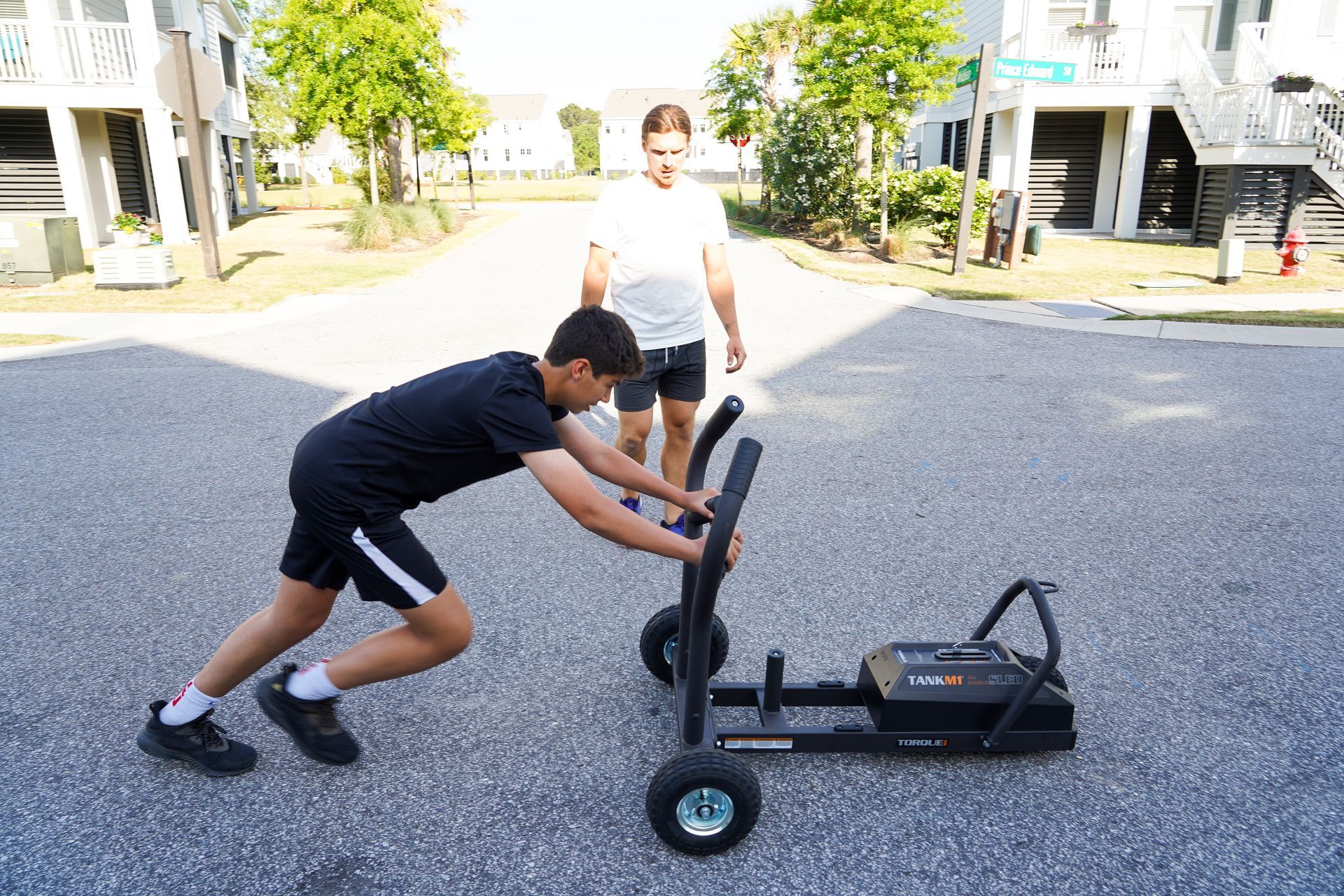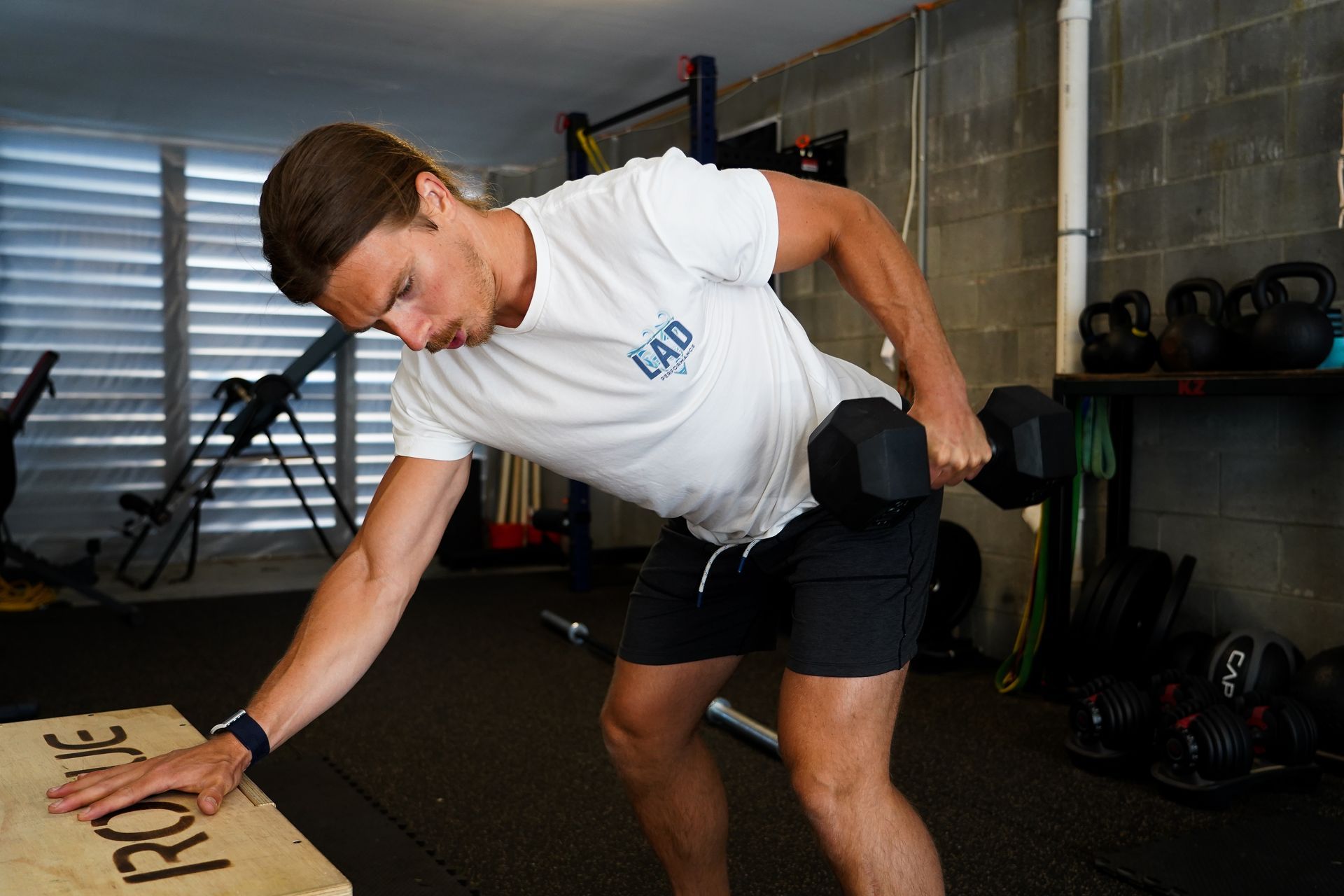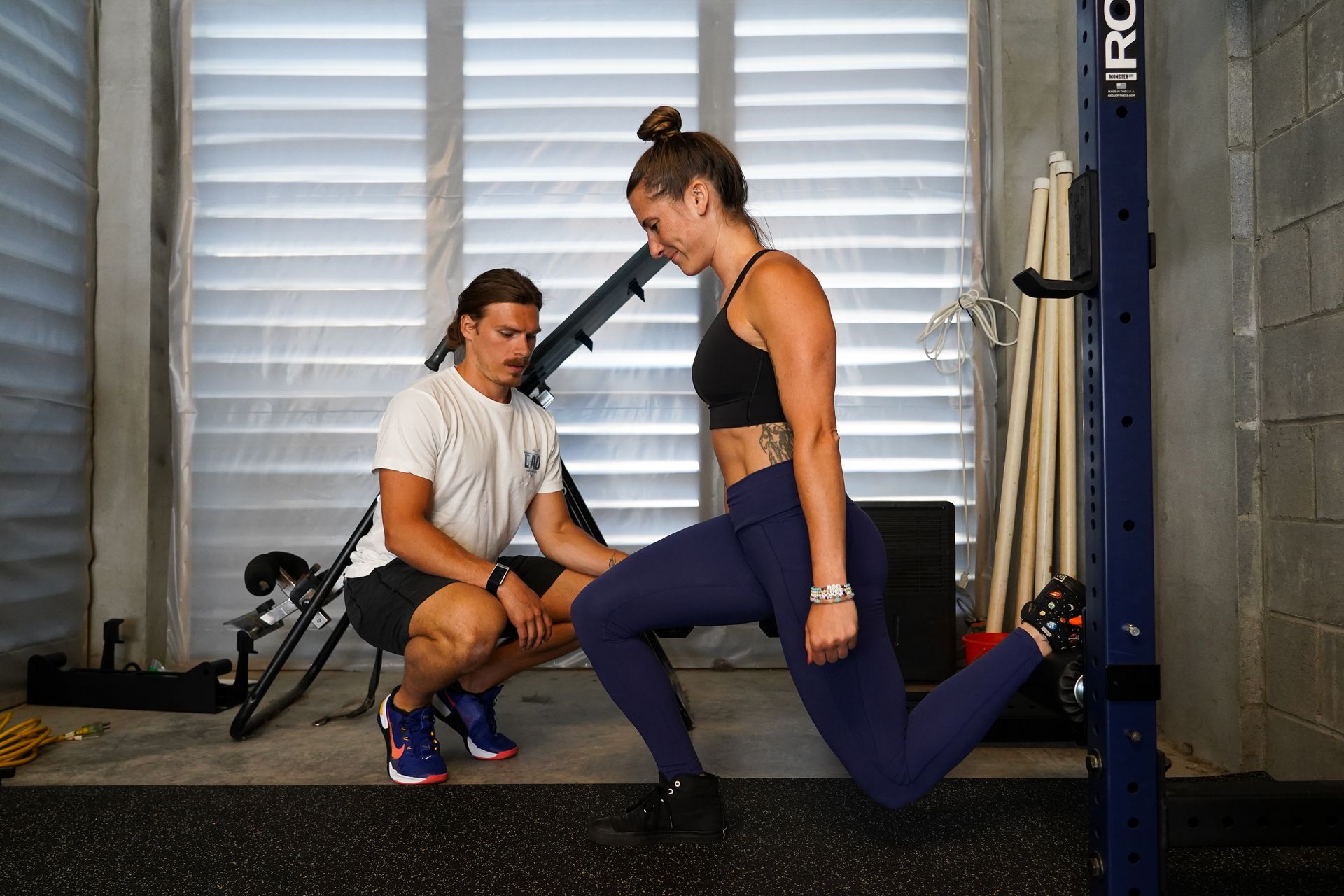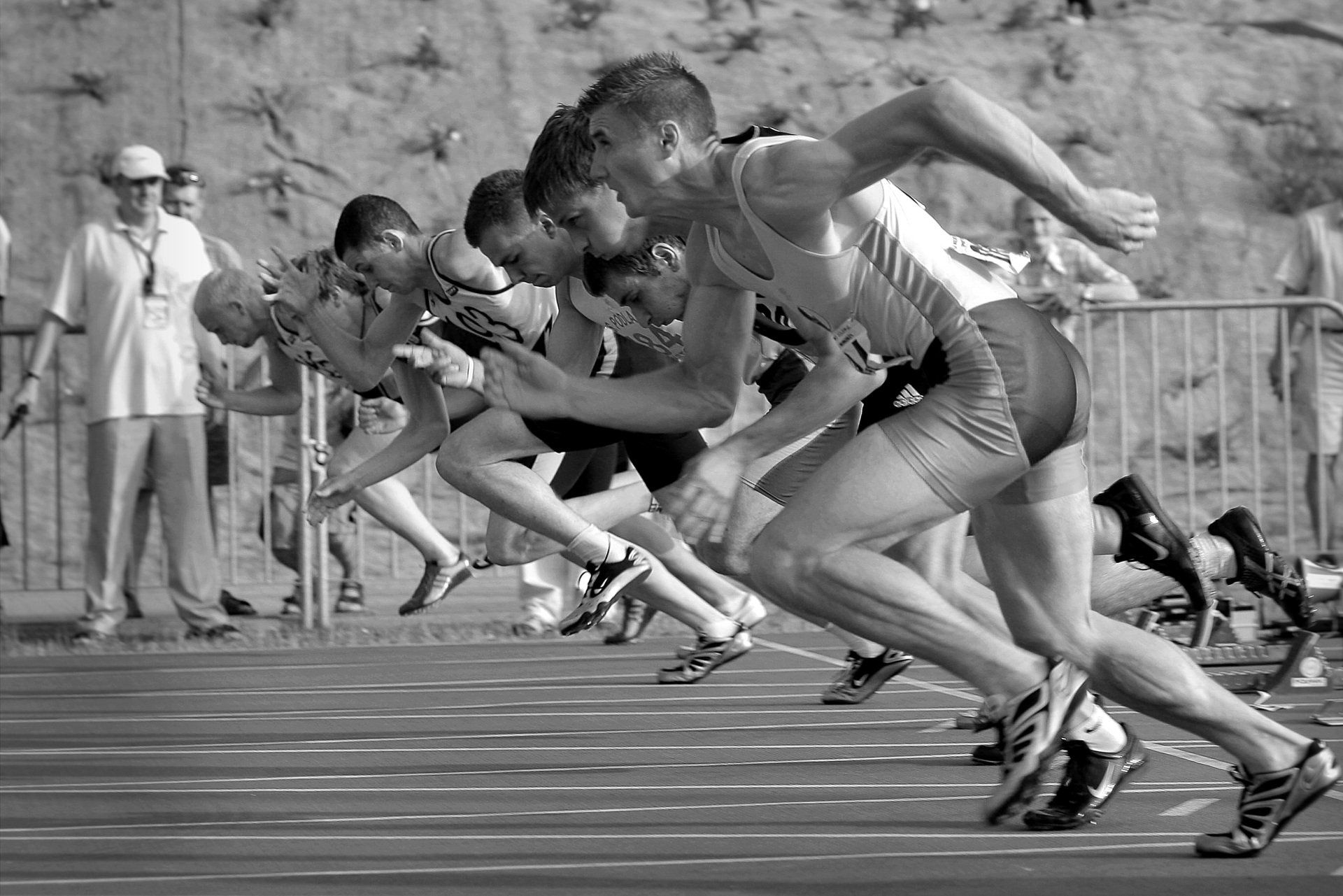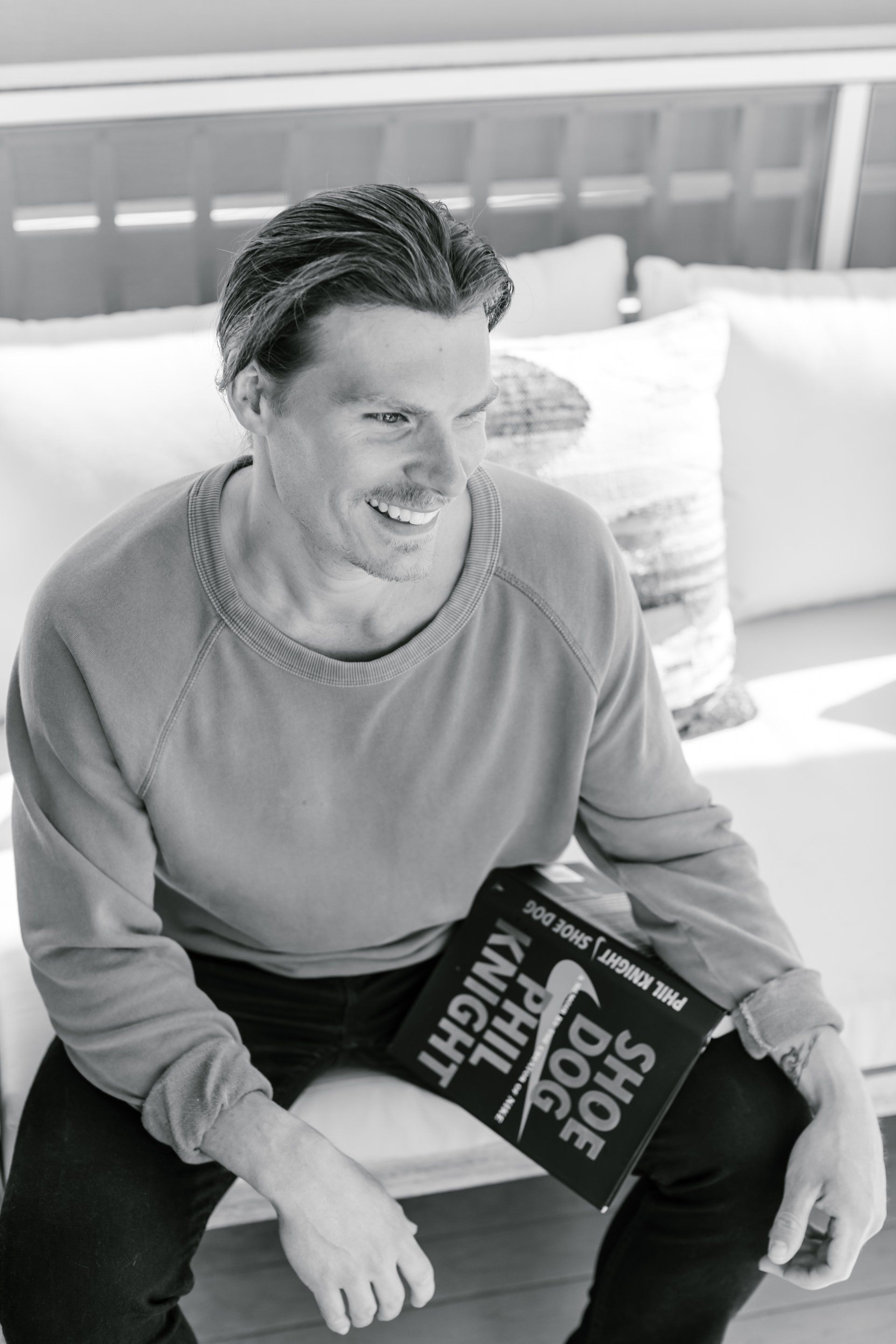LAD Performance - The Weekly Dose
Over-Squatting may be hindering your athleticism, here’s why…
Another Episode of The Weekly Dose!
Every week I set out to help educate you on movement practices and principles that will enable you to become a better athlete. Whether you are in High School or are a 75 year old grandparent trying to keep up with your grandkids this email will have value! Today I am going to share with you why over-squatting may be hindering your performance goals & how you can minimize over-use effects. I hope you enjoy!
As a global fitness community we have over-emphasized the need to excessively 🗣️“drive the knees out” for decades... to not let them come in over the inside edge of the foot. I know this because I lived in this world for nearly a decade as a coach and athlete. Repeated practice of this multiple times a week lead me down a road of injury and poor athletic performance. Maybe you too have experienced this.
Now let me stop right away and say this clearly… squatting IS NOT BAD. There are tremendous benefits that squatting yields. I won’t cover them in this email, but I am sure you know a fair bit of them. In this email I want to talk about simple squat mechanics and what actually needs to happen in the body if we want to bend and extend at the knee joint. You can simply think of squatting (even though it is a bit more complex) as a knee dominant movement.
First, it is important to pick up where we left off last week… at the foot of course 😊. In movements such as running or jumping we have a series of joint actions that are needed to maximize the effectiveness, starting at the foot. I want to highlight these in a few images and then explain briefly…
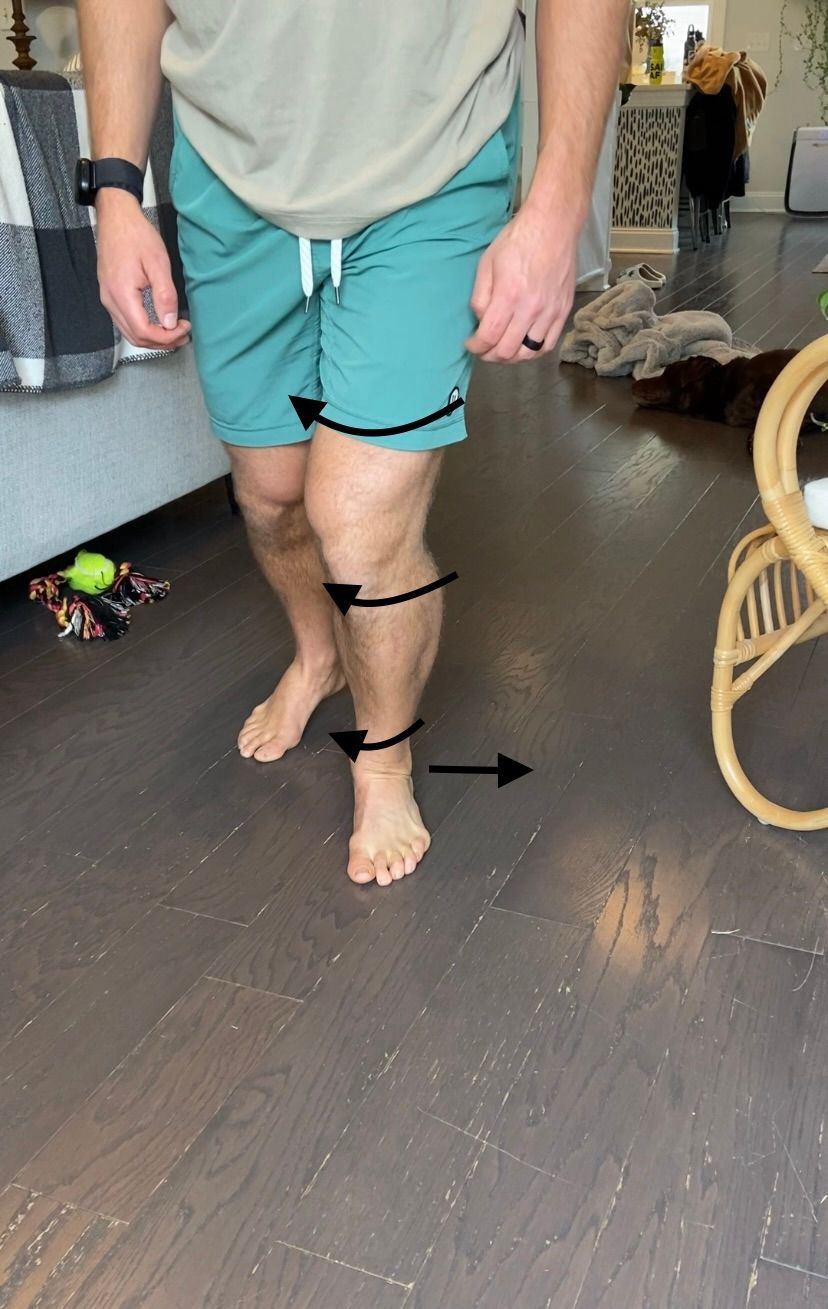
In the image above I am showing an example of rotation that needs to happen as we start to yield or accept force into the ground. Think of the moment when you transition your weight over your foot when running, also known as mid stance, or when you are lowering in order to jump or squat. If you were to take a freeze frame image it would look a little like what we are seeing above. Notice the arrows of rotation on my leg. As I bend my knee and transition my weight forward my foot needs to lengthen and the medial arch needs to lower (the degree that this happens depends on how high of arches you have). This is called pronation. As this happens you should simultaneously see the ankle, tibia (shin bone) & femur (thigh bone) rotate internally (toward the midline). These joint actions help us accept load & yield into the ground. Recall from last week how much force is occurring with activities like running, sprinting or jumping. These are strategies that your body uses to dampen the force.

Image from Just Fly Sports
This image above highlights the action of the heel. This is a high level athlete at the bottom part of a jump. Notice the heel and the direction it is shifting… to the outside. This is called heel eversion and it is needed in athletic movement. I show this in the prior image as well. We don’t talk about the importance of this in our movement practices, why? Every time we see an image like this people cringe & they think this twisting and torsion may be fatal and catastrophic for an athlete. To a degree they have a point, BUT only if we are not able to reciprocate this yielding action that I talked about above. This twisting and torsion maximizes the power to store that energy in order for the reversal of the movement. In simple terms all of this needs to happen together in order to reap the full benefit of the athletic output (jump height, stride length, etc..)
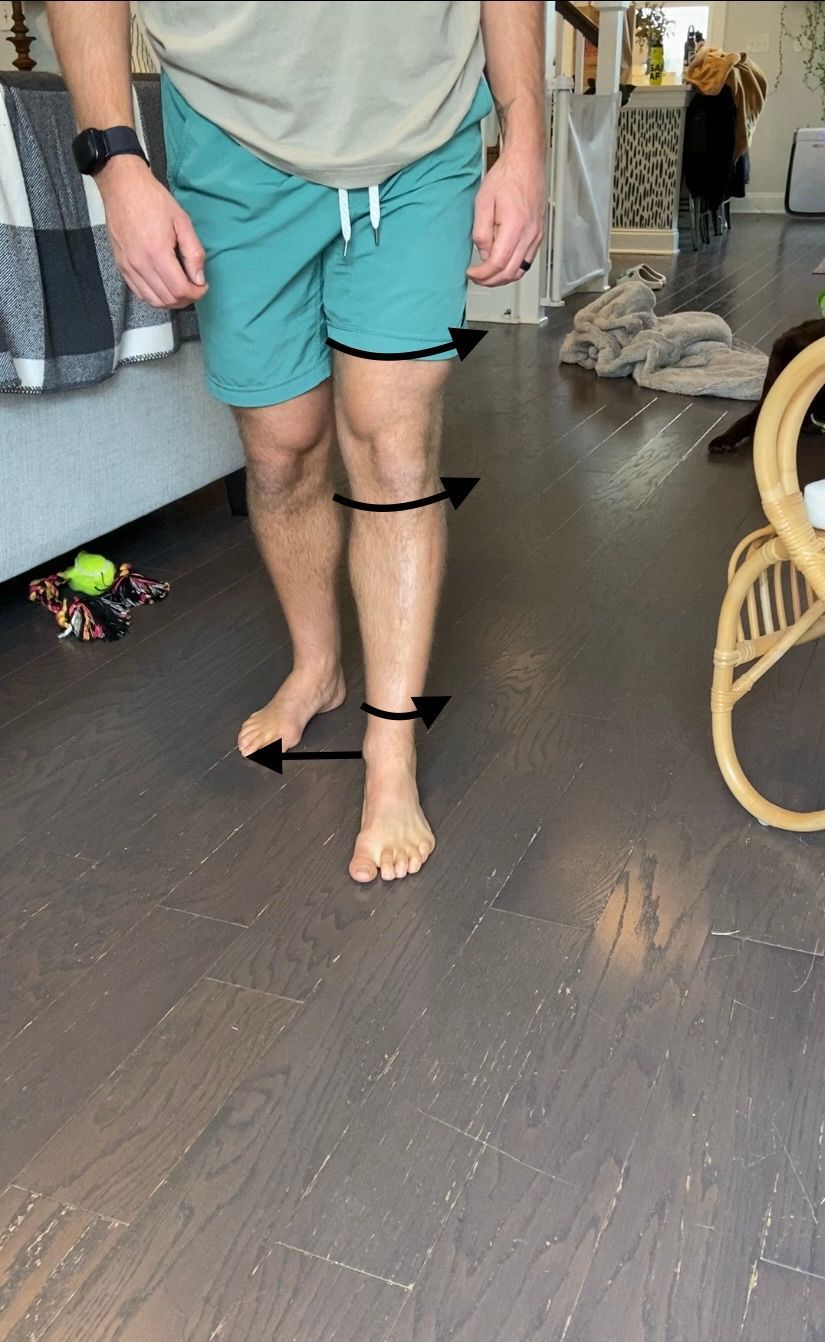
Above is the reversal. This is highlighting what happens as you would “push off the earth” and extend. It is the exact inverse of everything that I highlighted earlier. I am showing the rotation that needs to happen. As mentioned, examples would include: late stance in running where you get ready to leave the ground and transition over to make contact on the other leg, extending out of a jump to leave the ground. Here we have the foot that needs to rise in terms of arch height, it needs to be rigid & the heel needs to rotate toward the inside (inversion). This would be supination. As this happens you should simultaneously see the ankle, tibia & femur rotate externally (away from the midline).
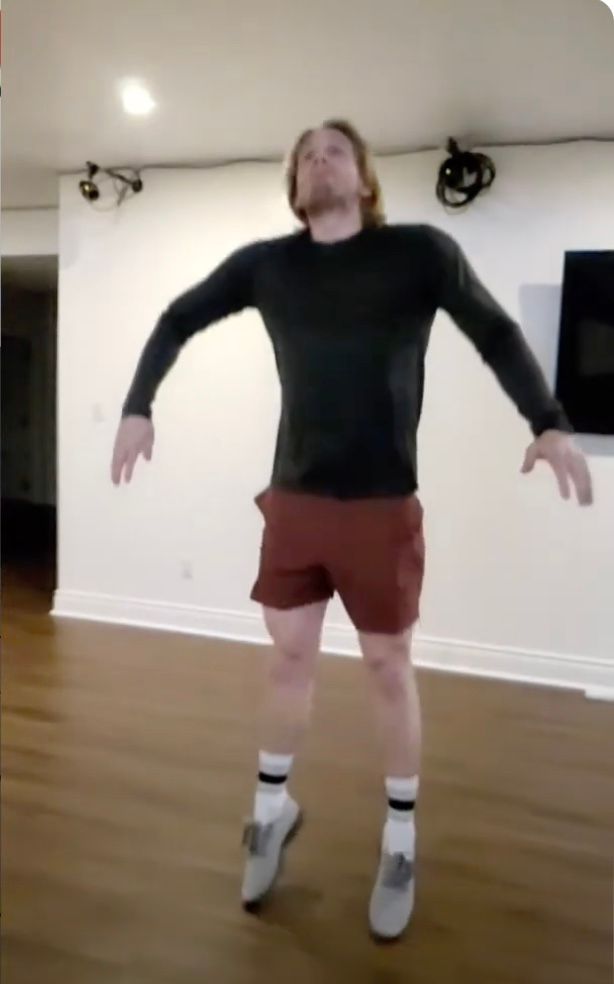
Image showing the reversal in a jump
Now let’s bring it all the way back to the crux of today’s email, the squat. Let’s dissect knees out in a squat. In the lowering recall what needs to happen in order to accept the load… think about what the cue of “knees out” may cause. See any problems with this?
Look at the arch in the video above. Do you see the arch flattening at all? No, right? It is raised the whole time. When you squat we really want to have the ability to pronate (lengthen) the foot also dropping the arch. We talked about this earlier. The knees out and thus hips back squat really pushes supination of the foot which we do need, but not when we are bending the knee. For some people this pronation may not be large. These would be people who are very springy & have high arches, but you should see a flattening and a heel that moves regardless.
Athletes who squat too much lose the ability to create that rotation, the twisting and the torsion that is needed to maximize power output. You may have even experienced things like running stride length decreasing, jump height decreasing, feeling more “robotic” in athletic activities. All outcomes of over-squatting! Once again, SQUATTING IS NOT BAD. It becomes a problem when we lose elasticity that we need to have as an athlete. It becomes a problem when we lose the shapes needed in our foot. It becomes a problem when we have a heel bone that works in an opposite way than it is intended to.
I have highlighted 3 easy exercises to help you re-create the proper patterning in your squat. I’d highly suggest performing 2-3 sets of these 5-10 repetitions 2 times a week. If these become easy and your body adapts to this stimulus you can begin to introduce weight. Don’t be surprised if you get sore in areas that you usually do not get sore in when you squat. Why? Well it’s probably because you have not been using the right muscle groups in your squat. Go give these a try & let me know how you feel!
Know someone else who would love this info?
